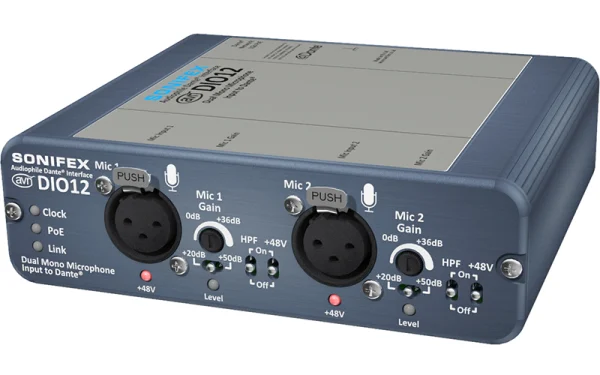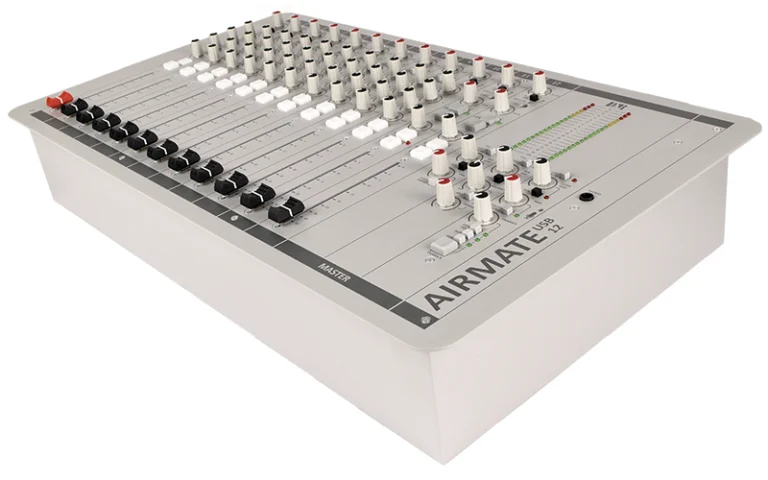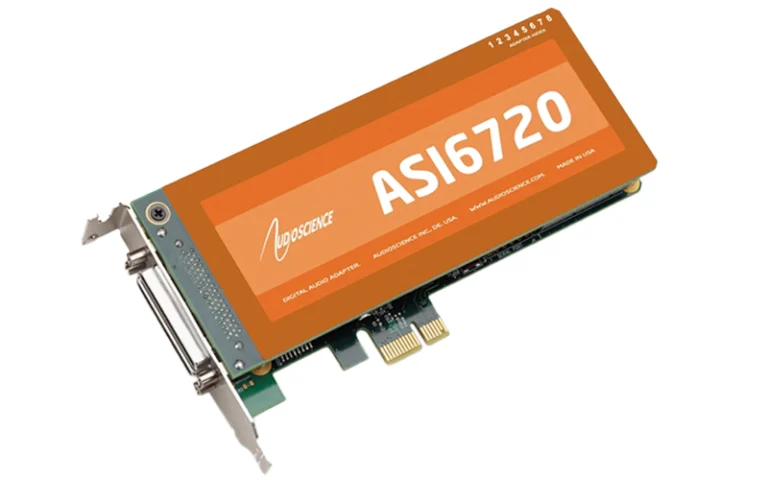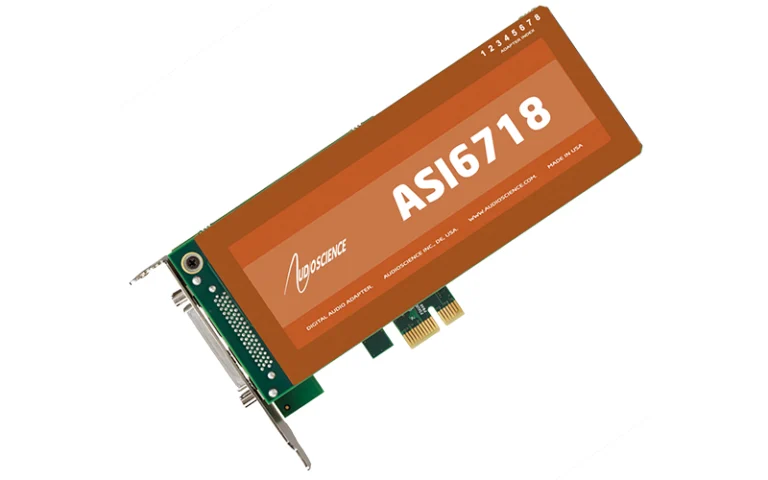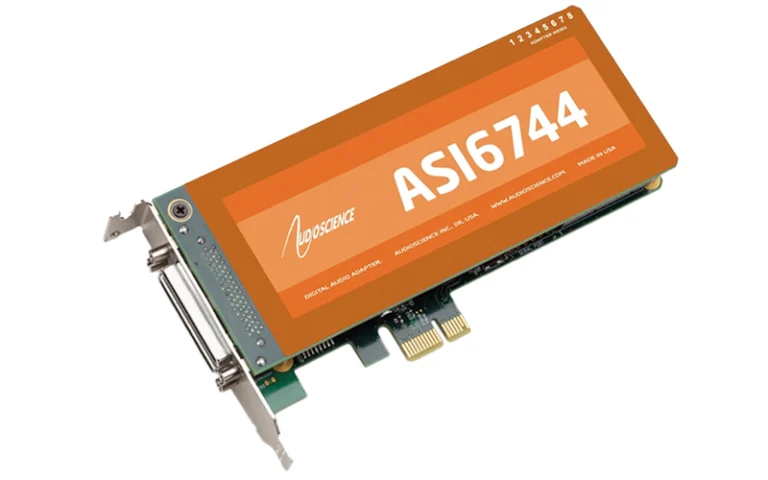AEQ LM9000 Series – Professional 4K Broadcast Video Monitors
The AEQ LM9000 Series offers a premium range of 4K broadcast video monitors engineered for precision video signal monitoring in production, post-production, and broadcast environments. Designed for accuracy, versatility, and visual clarity, these monitors deliver exceptional performance where quality and reliability are non-negotiable.
✅ Key Features
✅ Stunning native 4K UHD resolution
✅ High-brightness LCD panels for broadcast use
✅ Wide viewing angles and color accuracy
✅ Multiple inputs: SDI, HDMI, Composite, and more
✅ Professional waveform, vector scope & audio meters
✅ Rackmount and desktop mounting options
✅ Built-in loudspeakers for audio monitoring
✅ Models available in various sizes (9″, 17″, 24″ and more)
Why Choose the AEQ LM9000 Series?
✅ Trusted by broadcasters for mission-critical monitoring
✅ Superior image fidelity for color grading and QC
✅ Built to operate 24/7 in demanding studio environments
✅ Extensive input compatibility for flexible workflow integration
✅ Future-proofed with native 4K resolution and multi-format support
FAQ
Q: Are these monitors suitable for 24/7 control room operation?
A: Yes – the AEQ LM9000 Series is built for continuous professional use.
Q: Do these monitors include audio monitoring tools?
A: Yes – audio meters and integrated speakers are standard features.
Q: Can I mount the monitor in a rack or on a desktop?
A: Both options are supported, depending on the model.
Experience uncompromising clarity with the AEQ LM9000 Series 4K Video Monitors – trusted by broadcasters and production studios worldwide.
Order now to upgrade your video monitoring setup with professional-grade performance.


